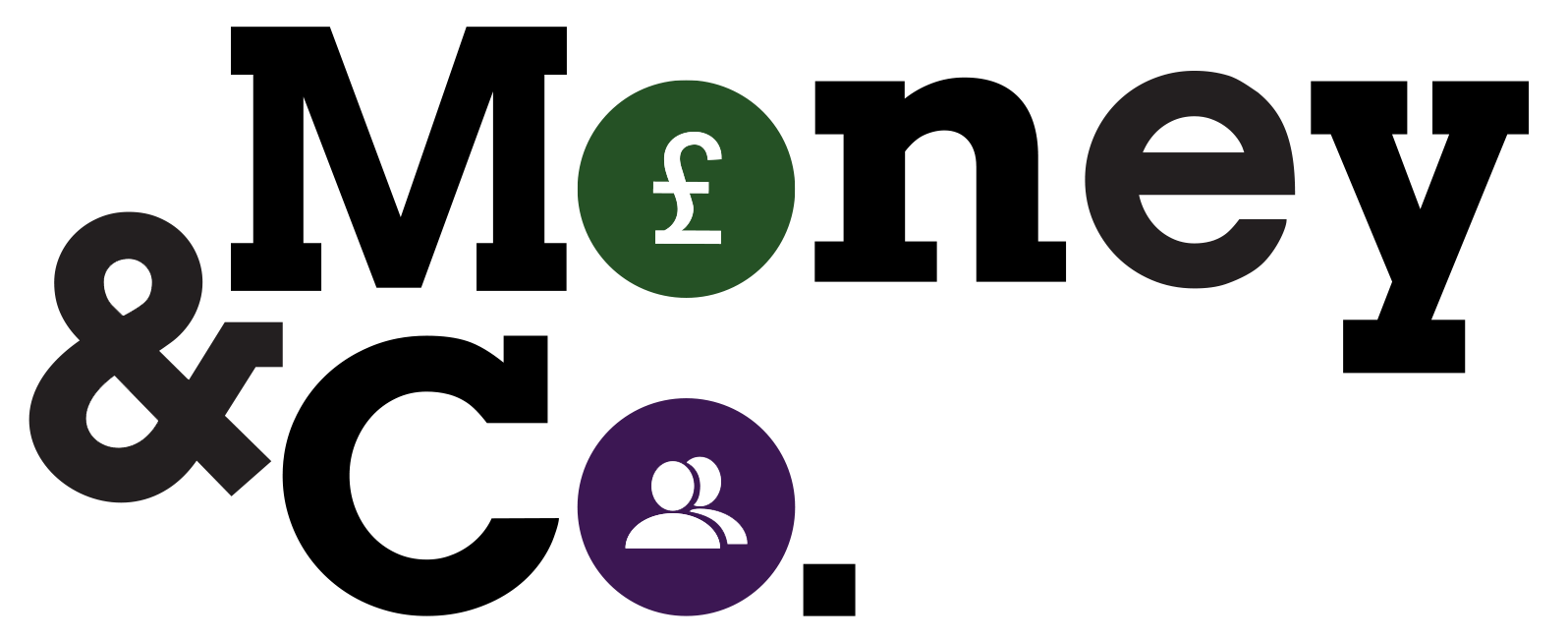Platform Lending Revisited – We Scan The Credit Horizon
 Platforms like ours are relatively new kids on the block in the world of high-yield products. It’s so new the terminology hasn’t settled down. It’s known as platform lending, marketplace lending or peer-to-peer (P2P) lending.
Platforms like ours are relatively new kids on the block in the world of high-yield products. It’s so new the terminology hasn’t settled down. It’s known as platform lending, marketplace lending or peer-to-peer (P2P) lending.
The novelty is relative. Platform lending began in the US in the depths of the 2008 credit crunch. The banks simply stopped lending to each other and also to their business clients. The culture of the internet stepped in to fill the breach created by this crisis of capitalism. It’s interesting to note that Bitcoin’s first “reference implementation” (geek-speak for launch) occurred at this time – also, allegedly, to deal with the failure of mainstream finance.
The essence of platform lending is to bring individuals seeking a good return on capital together with carefully vetted small companies seeking funds for growth. The role of the lending platform is to act as an administrative intermediary – to do the risk analysis on would-be borrowers, collect the interest on the credit extended by the individual lenders and pay it out. Again. Lending platforms, with their communities of registered lenders, are plugging the funding gaps left by the banks.
Lending can be a lucrative activity. The average yield achieved by registered lenders at Money&Co., for example, is more than 8 per cent after more than five years of loan facilitation. That return is gross – before we deduct our one per cent charge. Nevertheless the average return has handsomely outperformed retail price inflation, which has averaged around two per cent over this time.
There is more to come on this topic.
- Of course, there’s no profit without risk. We vet potential borrowers extremely carefully, but there is a bad debt rate, albeit a small one, of an annualised 0.03 per cent across five years and some £18 million of loans. We make a point of highlighting the risk that comes with lending – see the foot of this article for a full examination of risk, access and yield provisions, the risk warnings on the Home Page, in FAQs and elsewhere on site.

